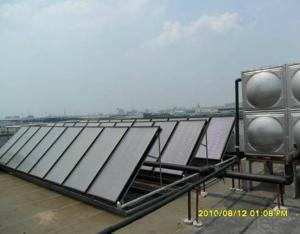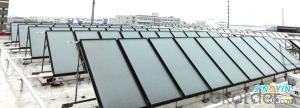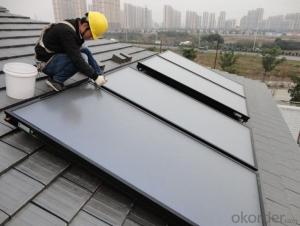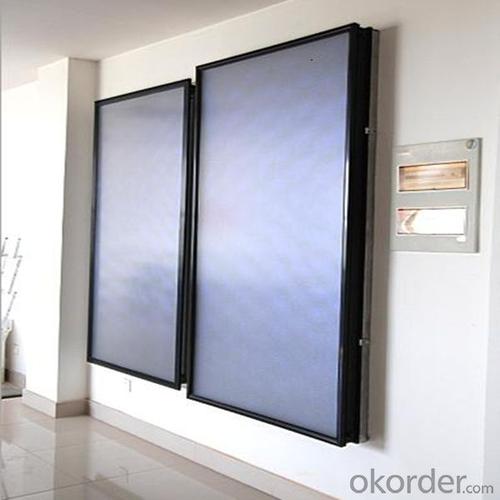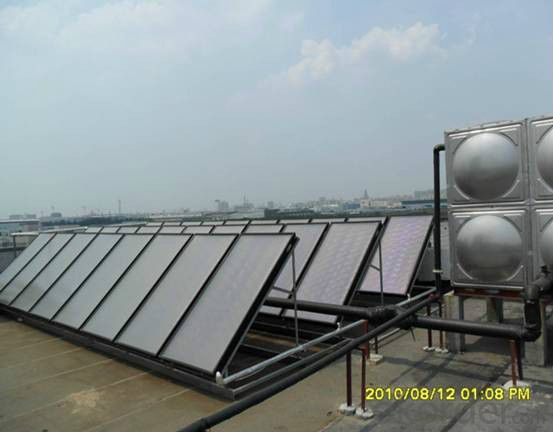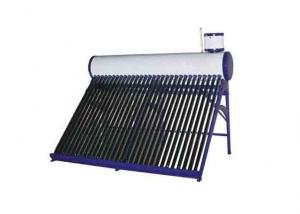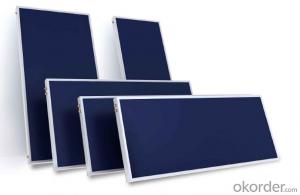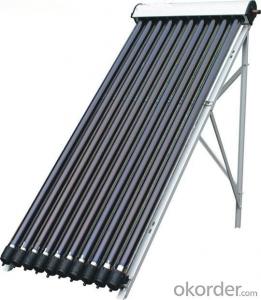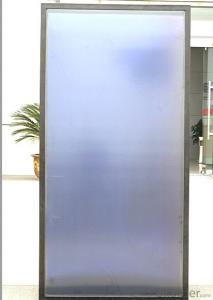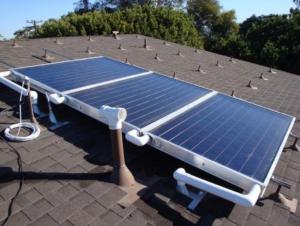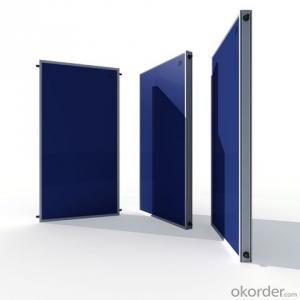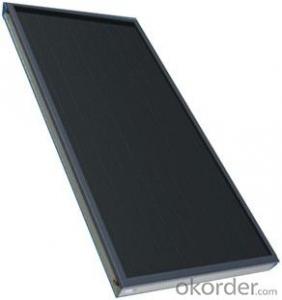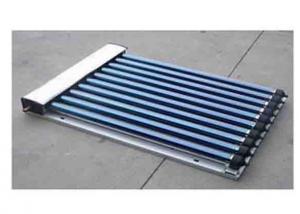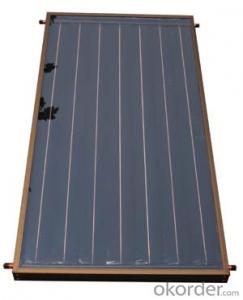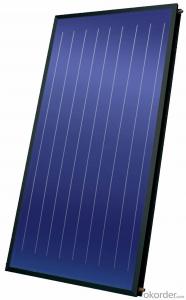RV Flat Plate Solar Collectors for Solar Energy
- Loading Port:
- Shanghai
- Payment Terms:
- TT OR LC
- Min Order Qty:
- 50 pc
- Supply Capability:
- 100000 pc/month
OKorder Service Pledge
OKorder Financial Service
You Might Also Like
Flat Plate Solar Collectors Solar Energy
The flat plate solar collectors is a kind of solar energy into heat energy, the heat generated can be used in everyday life hot water, heating, heating and industrial applications of low temperature hot water. Flat-plate collector is better than glass vacuum tube solar products in structure, strength and performance, its heat production performance, service life and structural strength considerably with building materials, is currently the world's solar thermal utilization products and building integrated fusion best , so the use of flat plate solar collectors is tantamount to the best choice.
The following is solar collectors’ advantages:
1) S-type tube flat plate solar collector, have gotten the line patent in China. Besides, we are Famous factory to produce S-type tube flat plate solar collector, no any welding on the tube, no any leakage.
2) Laser welding between whole absorber panel and copper tube, high strength thicken heavy duty aluminum frame, much better than some technology of ultrasonic welding or heat-conducting glue in some factories.
3) The instant heat efficiency of the collector can up to 81.1%, much higher than the 72% standard, very rare in China.
4) Germany imported high efficient selective blue titanium coating. Use best copper tubes in Domestic. The copper brand is Hai liang.
5) Special low-iron tempered glass with transmittance more than 92%.
6) Mechanical load, freeze resistance, rain penetration, exposure, hail impact, external and internal shock tested etc.
7) Long lifetime, large absorber area and good warm keeping, European, North America specially designed.
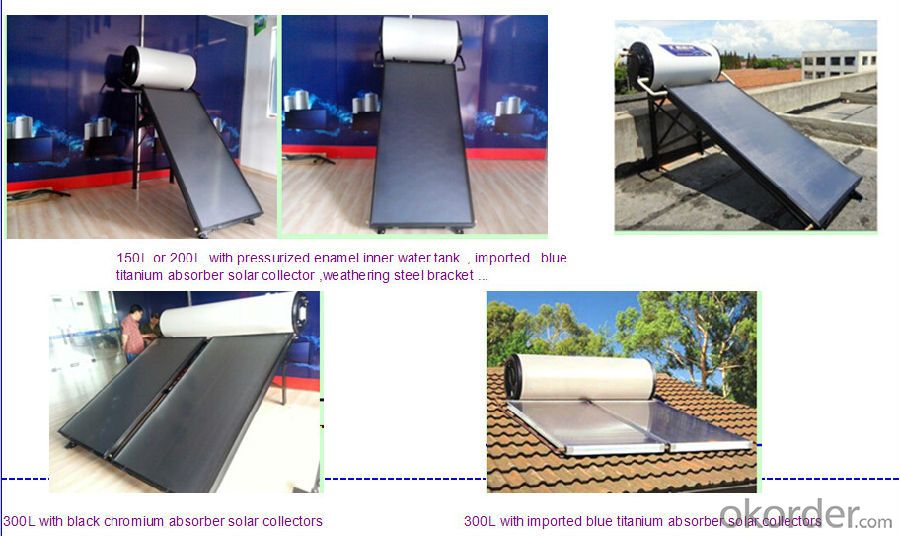
Solar wather heater components:

Flat Plate Solar Collectors installation:
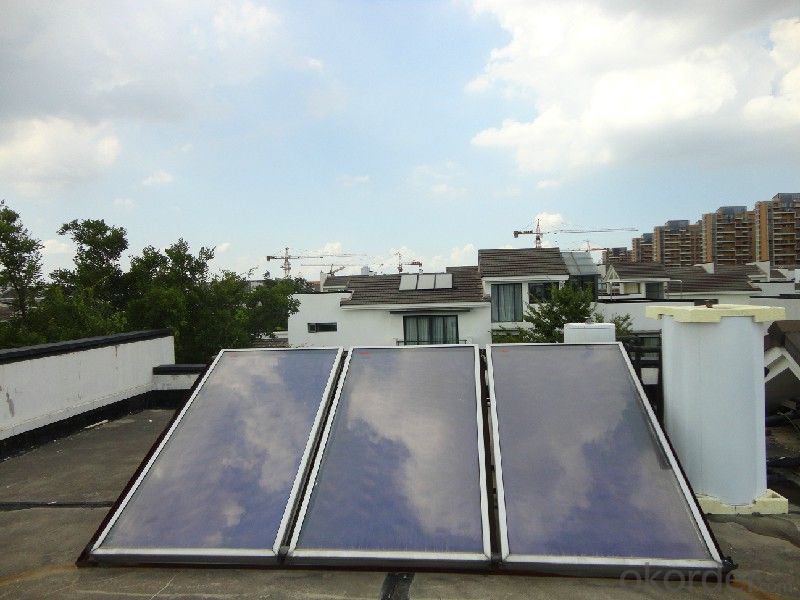
- Q: Can solar collectors be used for heating food processing facilities?
- Yes, solar collectors can be used for heating food processing facilities. Solar thermal systems can provide heat for various industrial processes, including heating water or air for food processing, sterilization, and pasteurization. By harnessing the sun's energy, solar collectors can significantly reduce the reliance on traditional fossil fuel-based heating systems, resulting in cost savings and environmental benefits.
- Q: What is the classification of solar collectors?
- According to whether the collector is tracking the sun is divided into: tracking collector, non-tracking collector according to whether there is a vacuum within the collector is divided into: flat-type collector, vacuum tube collector.
- Q: Can solar collectors be used for heating military installations?
- Yes, solar collectors can be used for heating military installations. Solar thermal systems can effectively capture sunlight and convert it into heat energy, which can then be used to provide heating for various purposes within military installations, such as heating water, buildings, or air. The use of solar collectors for heating not only reduces dependency on traditional energy sources but also offers a sustainable and environmentally friendly solution for meeting heating demands in military installations.
- Q: Are solar collectors suitable for heating large indoor spaces?
- Solar collectors are not typically suitable for heating large indoor spaces on their own, as they provide a limited amount of heat. However, they can be used in combination with other heating systems to supplement the heat and reduce energy costs.
- Q: How do parabolic trough solar collectors work?
- Parabolic trough solar collectors work by using curved mirrors to concentrate sunlight onto a receiver tube located at the focal point of the parabolic shape. The receiver tube contains a working fluid, such as oil or water, which gets heated up by the concentrated solar energy. This hot fluid is then used to generate steam, drive a turbine, and produce electricity. The parabolic shape of the collectors allows them to track the movement of the sun, maximizing the amount of sunlight they can capture throughout the day.
- Q: Can solar collectors be used for heating parking garages?
- Yes, solar collectors can be used for heating parking garages. Solar thermal panels can collect solar energy and convert it into heat energy, which can then be used to heat water or air to provide heating in parking garages. This can be a sustainable and cost-effective solution for heating large spaces like parking garages.
- Q: Are there any health risks associated with solar collectors?
- Yes, there are no direct health risks associated with solar collectors. However, there may be potential indirect hazards during the manufacturing and installation processes, such as exposure to chemicals or falls from heights. Proper safety protocols must be followed to minimize these risks.
- Q: How does the orientation of a solar collector affect its performance?
- The orientation of a solar collector significantly affects its performance. The optimal orientation is to face the collector towards the south (in the northern hemisphere) or north (in the southern hemisphere) to maximize the exposure to sunlight throughout the day. This allows the collector to capture the maximum amount of solar energy. Deviating from the ideal orientation can result in a decrease in energy absorption, leading to reduced efficiency and overall performance of the solar collector.
- Q: Can solar collectors be used in vehicles?
- Yes, solar collectors can be used in vehicles. They can be integrated into the design of vehicles to generate electricity from sunlight, which can be used to power various components such as lights, air conditioning, and even the vehicle's propulsion system. Solar-powered vehicles are considered more environmentally friendly and can help reduce dependency on fossil fuels. However, the efficiency and practicality of solar collectors in vehicles depend on factors like the available surface area, location, and weather conditions.
- Q: How do solar collectors impact social equity?
- Solar collectors have a significant impact on social equity as they provide numerous benefits that promote a more equitable society. One of the most notable impacts is the provision of affordable and clean energy, which helps alleviate the energy burden faced by low-income households. Solar collectors allow these households to generate their own electricity and reduce their dependence on traditional energy sources, resulting in lower energy bills and increased financial savings. This is crucial in promoting social equity as it reduces the disproportionate energy costs that low-income communities often face. Furthermore, solar collectors also create opportunities for job growth and economic development. The installation and maintenance of solar panels require a skilled workforce, which can provide employment opportunities, especially in communities that have been historically marginalized or economically disadvantaged. By promoting the growth of a clean energy workforce, solar collectors contribute to the creation of fair job opportunities, reducing income inequality and promoting social mobility. Solar collectors also have the potential to enhance energy resilience in vulnerable communities. During power outages or emergencies, solar energy can provide a reliable source of electricity, ensuring that essential services like healthcare facilities, schools, and community centers remain operational. This resilience is particularly important in underserved communities that are often disproportionately impacted by natural disasters or other emergencies. Additionally, solar collectors can contribute to the democratization of energy access. By enabling individuals and communities to generate their own energy, solar collectors empower them to become active participants in their energy consumption decisions. This localized energy production can lead to greater energy independence, reduced reliance on centralized energy systems, and increased community engagement in sustainable practices. In conclusion, solar collectors have a positive impact on social equity by providing affordable and clean energy, creating job opportunities, enhancing energy resilience, and promoting the democratization of energy access. These benefits contribute to a more equitable society by reducing energy costs for low-income households, creating fair job opportunities, ensuring energy reliability in vulnerable communities, and empowering individuals and communities to participate in the sustainable energy transition.
Send your message to us
RV Flat Plate Solar Collectors for Solar Energy
- Loading Port:
- Shanghai
- Payment Terms:
- TT OR LC
- Min Order Qty:
- 50 pc
- Supply Capability:
- 100000 pc/month
OKorder Service Pledge
OKorder Financial Service
Similar products
Hot products
Hot Searches
Related keywords

